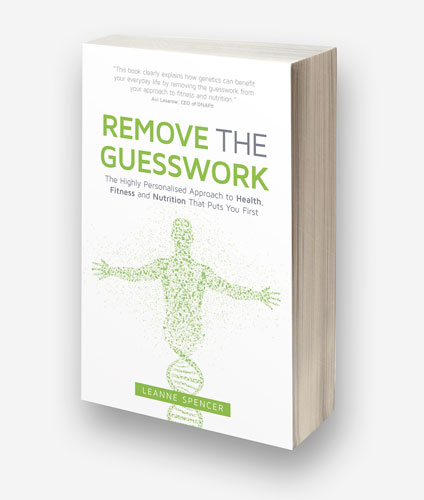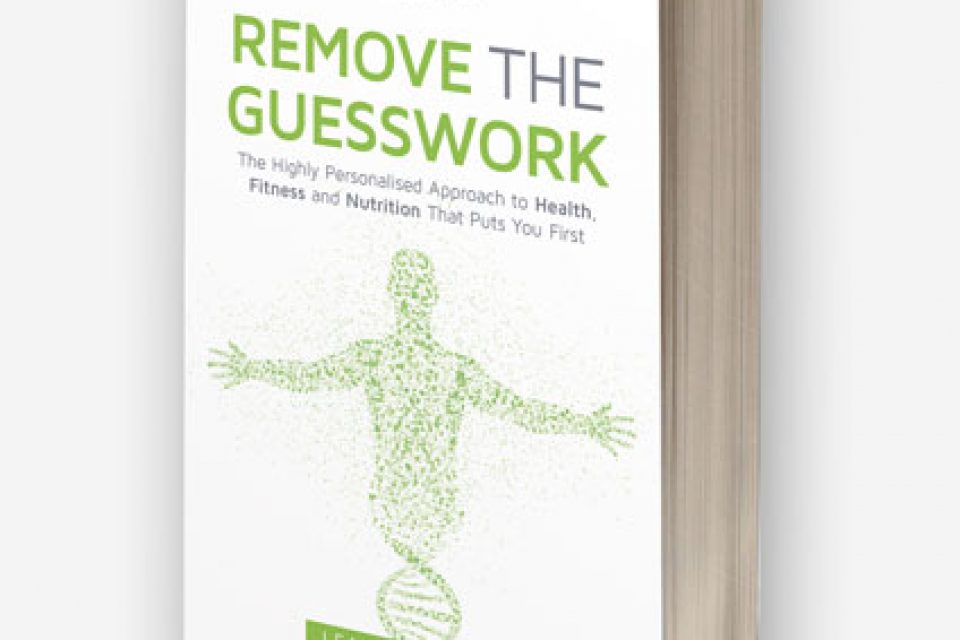
My bitter experiences…
Injuries are inevitable for most except the very fortunate, and can really sabotage your fitness efforts. I’ve had three injuries that have affected my training, and each time I’ve learned something new about how to cope with them. In fact, my whole ethos about intelligent training stems from my injuries and training setbacks, not from when things were going well. My first injury was a calf tear several years ago at the Men’s Health event called Survival of the Fittest held at Battersea Power Station in London. It’s a 10K run peppered with obstacles, and to make things even more challenging, there are literally hordes of people around you battling to overtake. I was preparing to run up a 45-degree ramp when someone muscled past me, so I shot off even quicker and tore my right calf. I wasn’t a fitness professional then, but a City executive, and had no idea about proper warm- up. I also, believe it or not, for those who know me – used to wear high heels to work every day, so my calves were very shortened and tight. Not ideal for running up a platform of any angle, let alone at speed.
Lightning never strikes twice?
The second injury was my left calf, but more recently when I was qualified in fitness and knew a lot more about how to take care of myself. I was half-way through a marathon training schedule which included hill sprints, which I suspect had already started to put a lot of strain on my calves. Halfway during the training block, I did a photo shoot in my local park, which involved lots of very short sprints but repeated many times in order to get the right shot. It was a cold day, I wasn’t very warmed up, and I managed to pull my calf. Not wanting to take too much time out of my marathon training schedule, I rushed back and the pull turned into a tear. Not very clever I know. The third injury was a result of an over-ambitious yoga move, which landed me firmly on my sitting bone (or ischial tuberosity to give it its formal name). That injury lurked in the background, not really giving me that much of an issue until I started doing a lot more sprint work, and then it really flared up. It has taken months of yoga, occasional osteopathy and foam rolling to heal significantly, and I still have problems with that and the hamstring.
Tips for coping with injuries when training
If you’ve entered a race and get injured whilst training, it can be hugely frustrating, but there are strategies you can use to manage this time-out and maximise your likelihood of being fit enough to race. Your ultimate goal in any training block though should be simply this: being fit at the start line. If you’re fit at the start line, you’re in a race. If you’re not, you might never finish.
There is one piece of equipment which I recommend using all-year round to prevent injuries; the foam roller. For those who are unfamiliar with it, the foam roller is a great bit of kit. It’s a cylinder-shaped foam object which is either smooth or grooved, and is used to roll out muscle fibres using your bodyweight. You can use it on all the major muscle groups, and the edges of the roller can be used to get into the more awkward muscles such as gluteus medius and iliotibial band, and some of the smaller muscles in the lower leg. It’s not dissimilar to having a message, and is very easy to transport too.
Focus on what you can do and not what you can’t
Usually, there’s lots you can do despite being injured. For example, when I had my calf tears, I could still do lots of other exercises aside from running and jumping. With care and caution, I could still do yoga, boxing, core work and swimming. I even safely managed a week’s snowboarding. Mentally, you’re in a much better place if you focus on what you can do rather than what you can’t.
Surround yourself with positive people
Some people can be very negative and have a tendency to catastrophise when things go wrong for them or people they know. Don’t surround yourself with people like this; it’s just drama. Find positive people to be around, or people who aren’t connected with training or sport. They’ll help you see perspective, and encourage you not to over think the injury or obsess about it.
Prioritise your rehab exercises
All too often I see people neglecting to do their rehab exercises. No matter how small or tedious they might seem, get them done! There’s a reason why you’ve been given these exercises, and if you knuckle down and diligently do what’s been asked, you put yourself in a much better position to make a full recovery and get to that start line fit and ready. If you’ve self-diagnosed or consulted Dr. Google, stop! The internet is a rich source of information, but should not be used for self-diagnosis. Consult an expert and then follow their guidance.
Work on the things you can change or influence
If you’re injured, use the time to review other aspects of your preparations such as your sleep routine, your nutrition plan, your hydration and mental wellbeing. These are super- important aspects of race preparation which need to be considered well in advance, so what better time to review what you’re doing. Also use this time to plan the logistical aspects of your race; your kit, travel arrangements, spectator arrangements, and so on.
Change the scenery
I find it can be really helpful to have a change of scenery when injured. Usually the weekend includes a long run or long cycle, depending on what you’re training for. Take advantage of the training hiatus and get away for the weekend if you can. A change of scene can really help clear the head and take your mind off the race and what you should have been doing.
Don’t rush back and flex the plan
It’s the most common mistake I see, and I’ve made it myself. Rushing back after an injury or getting overexcited and overdoing it usually results in one thing: re-injury. Take it easy and flex the plan – by this I mean go back through it as though you were starting from scratch, rather than picking up where you left off. Keep doing the rehab exercises, and focus on sleep, nutrition, hydration and a good stretching and flexibility routine to support your recovery. Don’t be afraid to ask for help if you’re not sure what you’re doing.
Leanne Spencer is an entrepreneur, coach, TEDx Speaker, author of Remove the Guesswork: the highly personalised approach to health, fitness and nutrition that puts you first, and founder of Bodyshot Performance Limited. Bodyshot is a health and fitness consultancy that uses innovative techniques such as DNA testing, wearable tech, biohacks and bespoke coaching to transform the lives of our clients. Visit www.bodyshotperformance.com or send an email to info@bodyshotperformance.com for more information or to register your interest in our services. Connect with us on Facebook, Instagram and Twitter.


